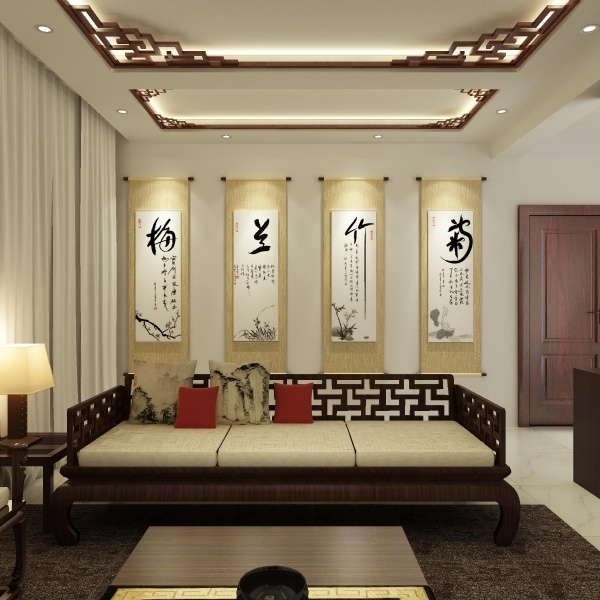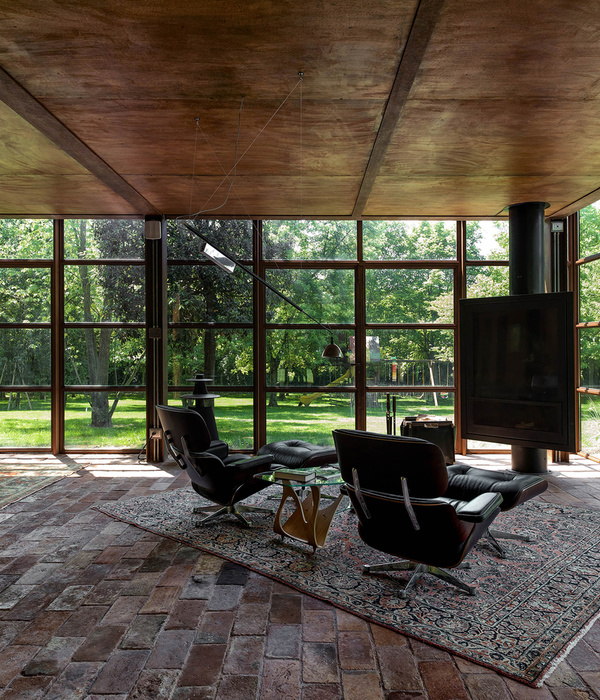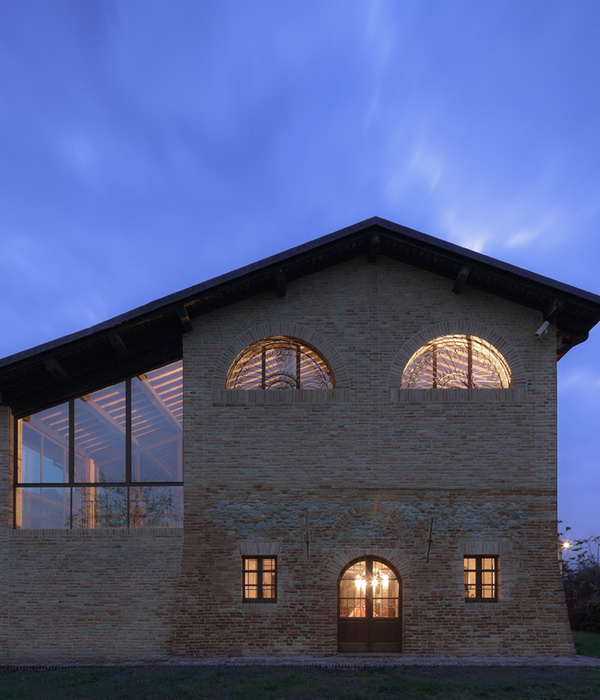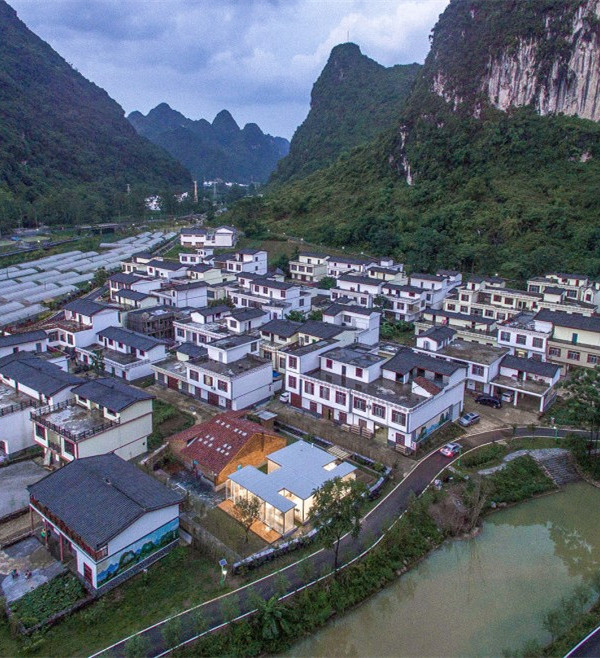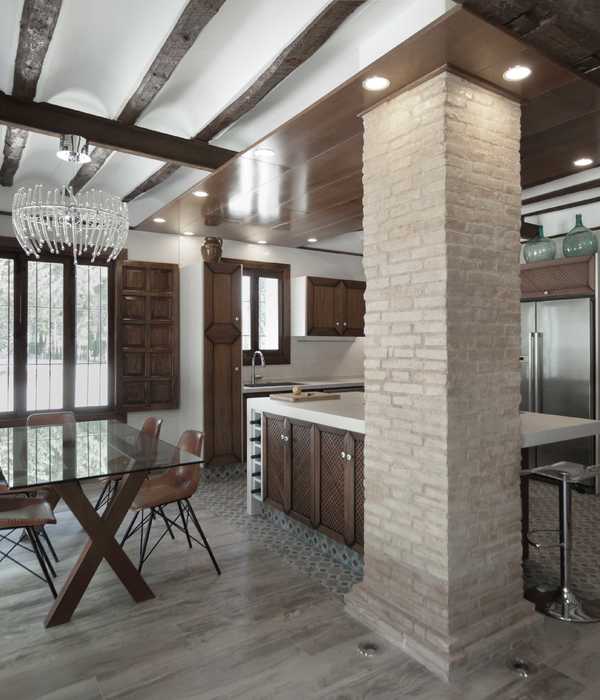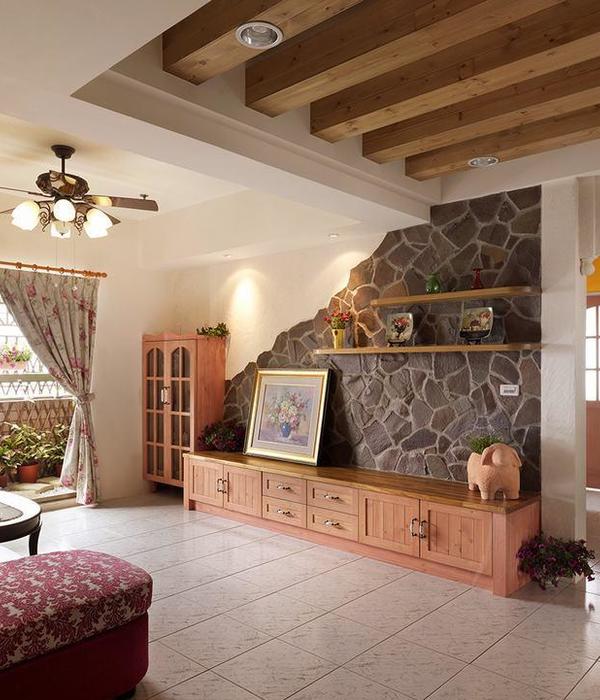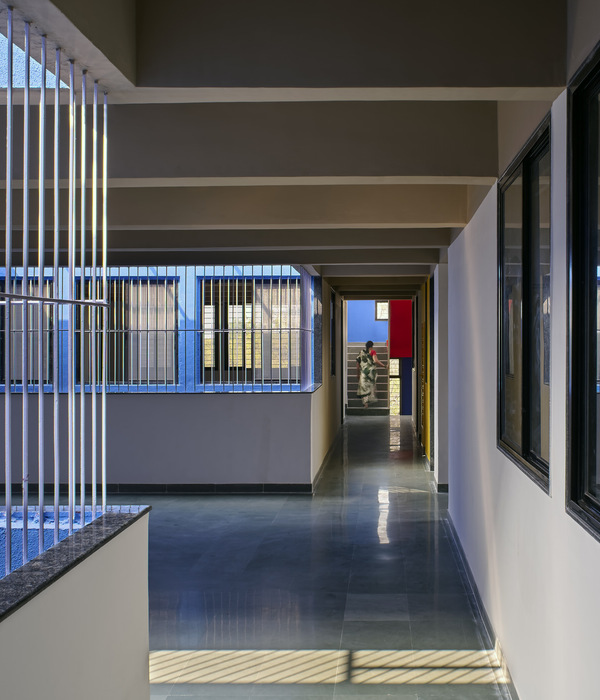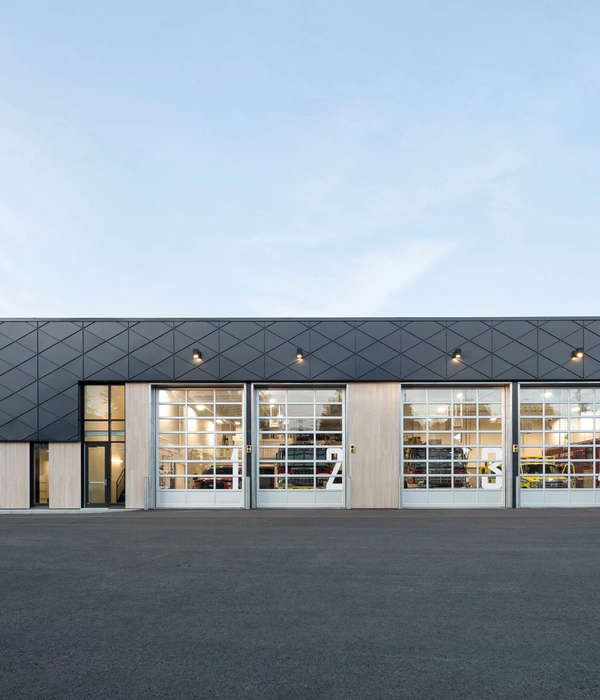Following an international competition, the design for the new Barcelona Institute of Science and Technology by Barozzi Veiga was selected as the winning proposal by an expert jury.
Flanking the Ciutadella Park, the project is located in the area of the Antic Mercat del Peix, which will be converted into an innovative hub dedicated to research and investigation.
The new BIST building is the first piece of the ambitious Ciudadella del Coneixement initiative, developed by the Barcelona City Council and the UPF to transform this area into a southern Europe reference centre of urban knowledge in biomedicine, biodiversity, and planetary wellbeing.
Moreover, this project represents the first work by Barozzi Veiga to be built in the city of Barcelona.
--------------------------------------------------------
The BIST building is the first piece of the Barcelona Ciudadella del Coneixement initiative, which aims to transform the area around Ciutadella Park into a southern European hub for innovation in biomedicine, biodiversity and planetary wellbeing. The new architecture is located in a crucial context for the development of the city towards the sea. The project combines a precise structure that organizes spaces for research and investigation, offices and laboratories in a systematic and flexible way with an open layout that frees up the ground floor, allowing the surrounding gardens to be incorporated into the life of the campus.
Appearing as a light and simple volume, the building is formed by the superposition of horizontal planes that extend beyond the glass facade to protect the interior spaces from solar radiation. While providing the maximum lightness, the design reduces the use of materials. The language of the architecture is intrinsically linked to the function – avoiding any superfluous element, it expresses only what is necessary.
The interior is pragmatically organized through four functional cores that define a central atrium connected to a series of large loggias that open towards the exterior. Besides offering opportunities for exchange and interaction between the users of the building, these intermediate spaces act as thermal devices that regulate the interior climate in a passive way and allow a visual continuity between the different levels and the landscape.
--------------------------------------------------------
Aiming for a zero-impact building, the design follows strategies for minimizing embodied carbon and carbon emissions. Prefabrication systems and rapid assembly processes will also be used to reduce construction time.
For most of the year, Barcelona’s climate is well suited to the use of natural ventilation. This feature shapes the adaptive envelope of the BIST building, so its form changes depending on the season or the weather. In extreme conditions – a very cold winter or very hot summer – the facade closes. But as long as the external temperature ranges between 10ºC and 29°C, the facades open automatically to generate natural ventilation and passively activate the inner thermal mass of the structure.
: Barcelona Institute of Science and Technology; UPF; City of Barcelona
: Barozzi Veiga
: Elvira Fernandez, Rodrigo Martínez, Cristian Munteanu, Toni Poch; Chen-Hsin Chang, Irene Pinyol, Francesco Rosati, Diletta Trinari, Xianjun Zhou
: BBG – Estructura, recerca y rehabilitación
: Estudio PVI Ingeniería
: TRANSSOLAR Energietechnik GmbH
: Ardevol
Xmade
: Laborplaner Tonelli AG
: Barozzi Veiga
: Espai model; Berga&Gonzalez
2021
{{item.text_origin}}



